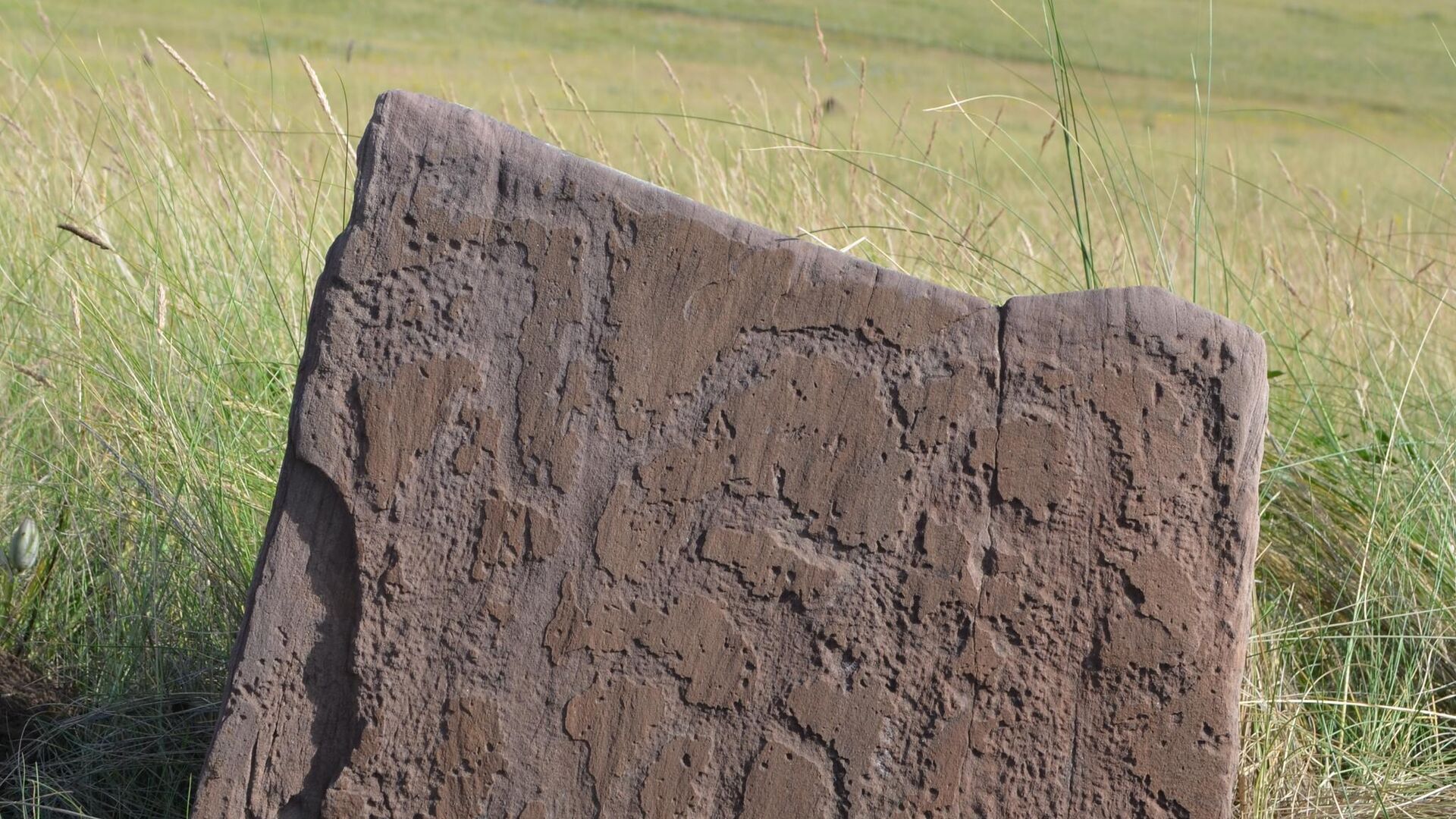
MOSCOW, May 20. Scientists have discovered more than a dozen stones with petroglyphs in the Krasnoyarsk Territory, dating back to the period from the 2nd century. BC. to the 2nd century AD Facets with images reconstructed using 3D models made it possible to establish the multi-temporality of drawings belonging to different ancient cultures, the press service of Kemerovo State University (KemSU) reported.
KemSU specialists, during the study of funeral structures of the Tepseysky burial ground (Krasnoturansky district of the Krasnoyarsk Territory), discovered new images that tell about the distinctive features of warriors, as well as testifying to the conduct of funeral rites in the region, accompanied by drawings on stones in Tesinsky time.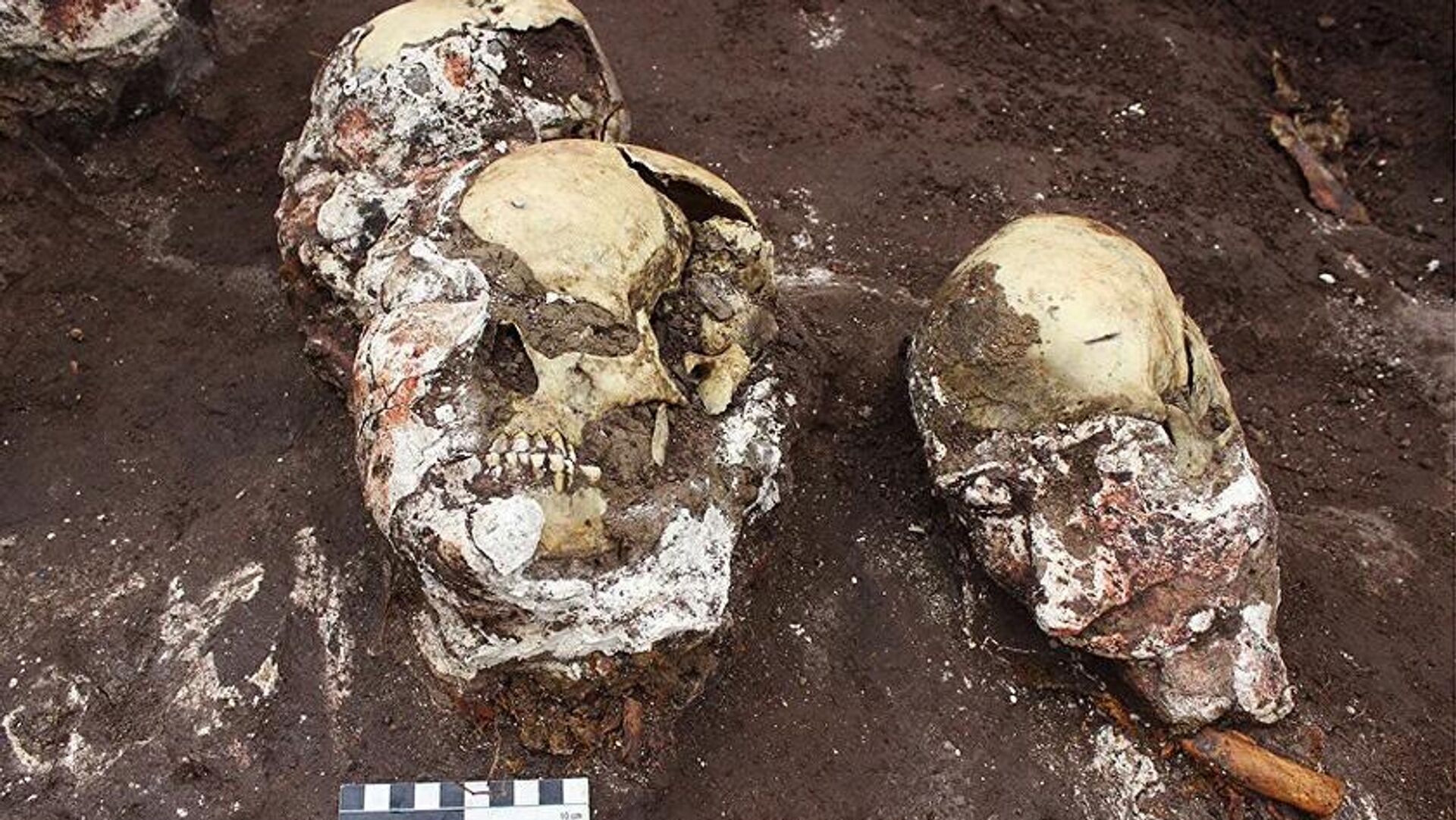
Stratigraphic (sequence) was carried out at the site applying drawings that overlap each other) and stylistic analysis of images; techniques for applying images are analyzed, allowing one to determine the approximate age of some drawings. In total, experts analyzed more than 80 faces with images.
“The drawings under Mount Tepsei were applied to the stones of the Tagar mounds at different times, since these stones are freely available. The Tesinians, like other later groups of the population, came here and during (or coinciding with them) funerals, sacrifices, and memorials, they painted drawings on stones. Therefore, in addition to Tagar ones, there are many drawings from Tesin, Tashtyk, Turkic, Khakass. That is, they are different in time,” said Olga Sovetova, director of the Institute of History and International Relations of Kemerovo State University.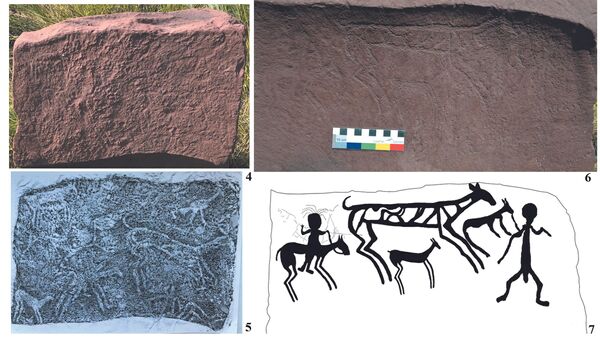
1 of 7
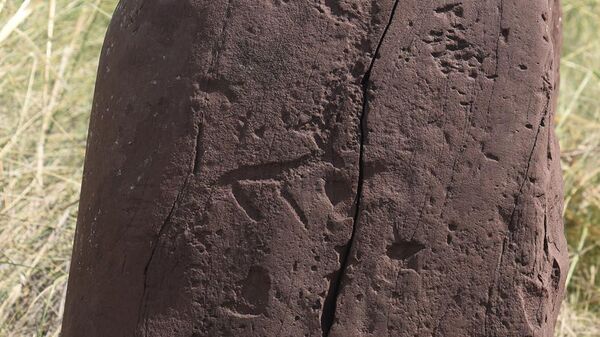
2 of 7

3 of 7
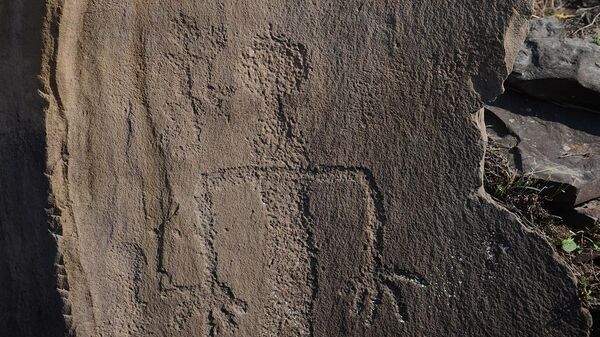
4 of 7
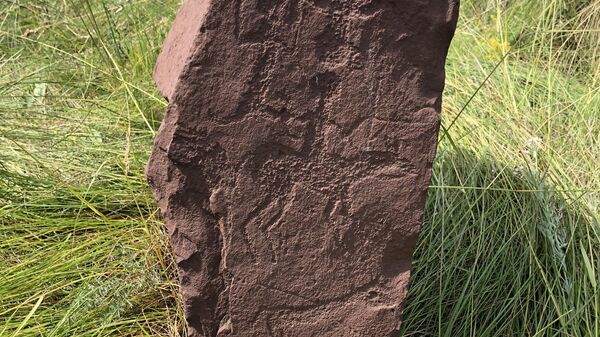
5 of 7
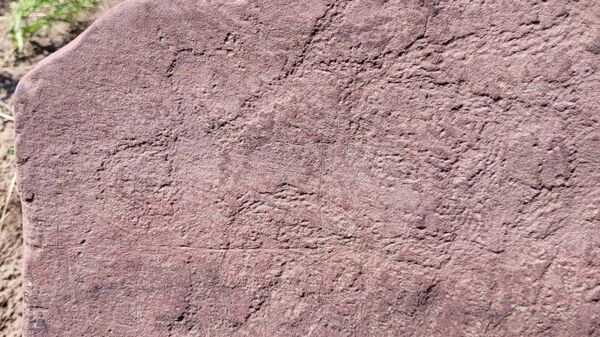
6 of 7
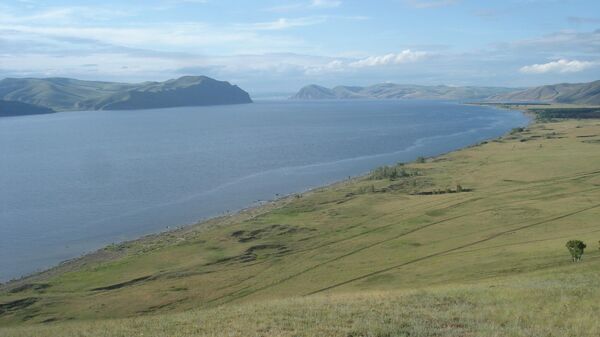
7 of 7
1 of 7
2 of 7
3 of 7
4 of 7
5 of 7
6 of 7
7 of 7
Scientists restored the edges in the 3D model, which made it possible to see new details of the images on the surface of the stones, which made it possible to interpret the compositions semantically.
According to the researchers, the main subjects of the Tesin petroglyphs are scenes of hunting and battles: warriors with weapons, horsemen, pierced animals with arrows. For example, a deer hiding a baby under her belly; a person standing on the back of an animal; and even anthropomorphic characters depicted in the “lotus position” with a snake in their hand, as well as inverted (dead) characters.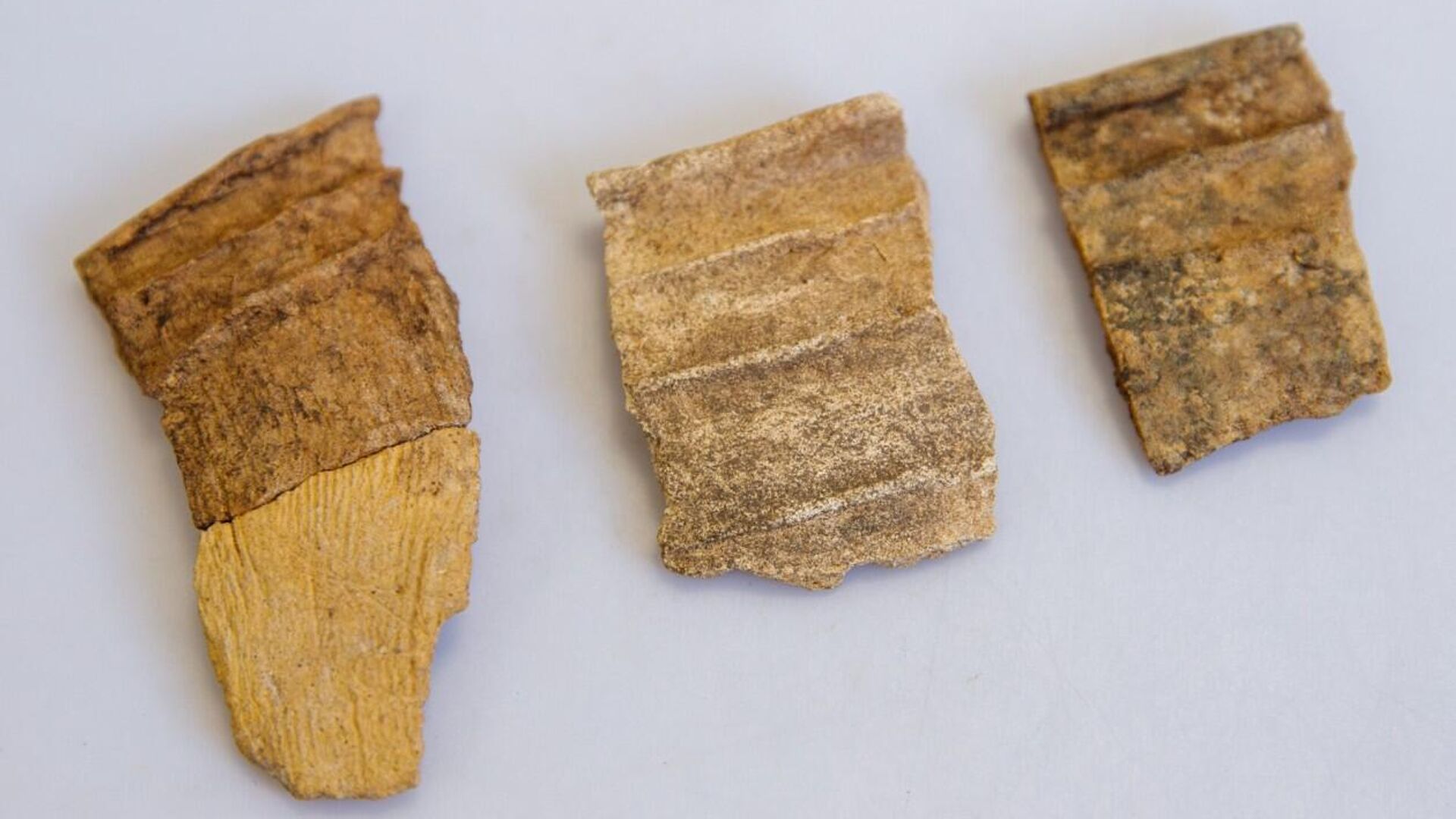
Images on mound stones dating back to a later time contain other subjects. For example, multi-figure Tashtyk scenes made with thin carved lines: toothy predators pursuing prey, overweight bulls, soaring birds, moose, numerous tamgas and signs dating back to the Middle Ages and modern times.
The results obtained were presented at the International scientific conference of young scientists «Current Archeology» at the Institute of the History of Material Culture of the Russian Academy of Sciences (St. Petersburg). In May 2024, it is planned to organize an archaeological expedition to Tepsei to continue field documentation of images on kurgan stones using modern methods (including the creation of 3D models).
The obtained materials will make it possible to clarify the chronology of some petroglyphs and will be included in a monograph on rock art on kurgans stones under Mount Tepsei, the publication of which is planned in 2025.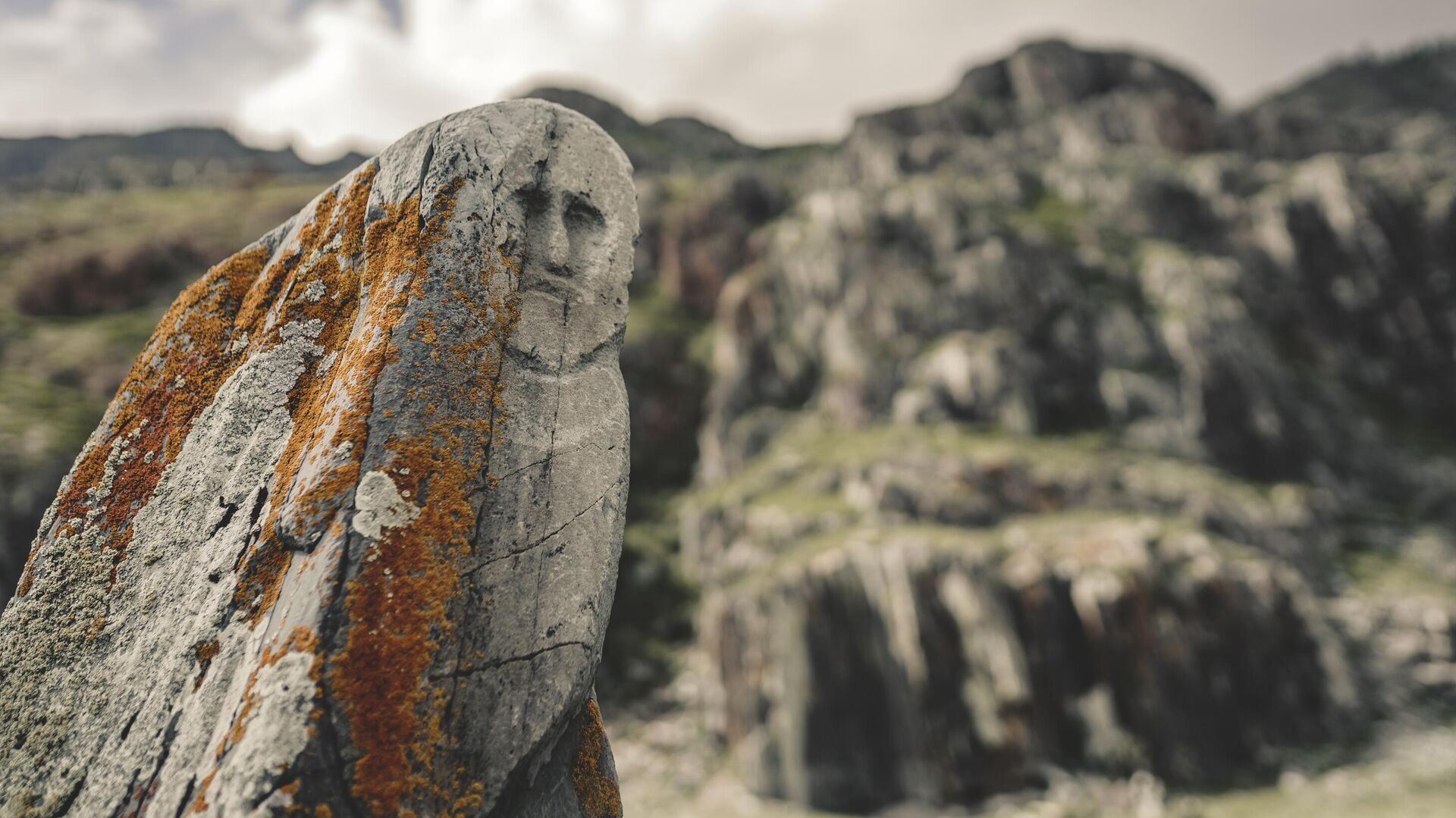
The research is being carried out within the framework of a grant from the Russian Science Foundation.









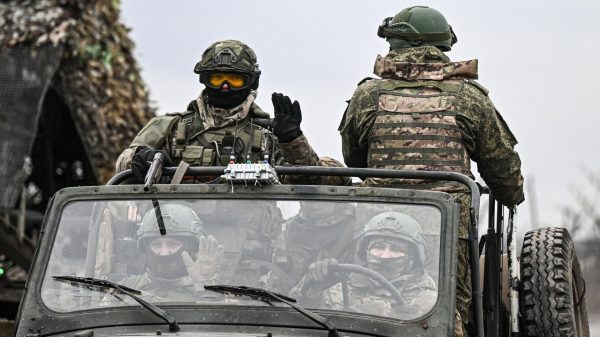
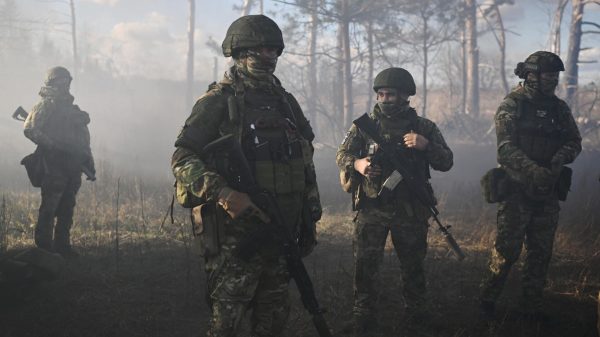








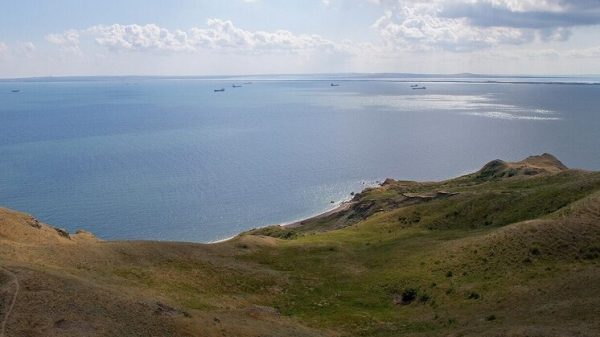













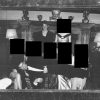

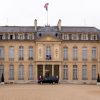



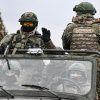
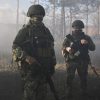















Свежие комментарии